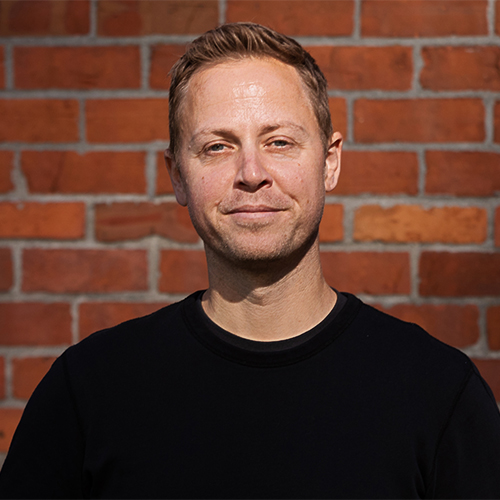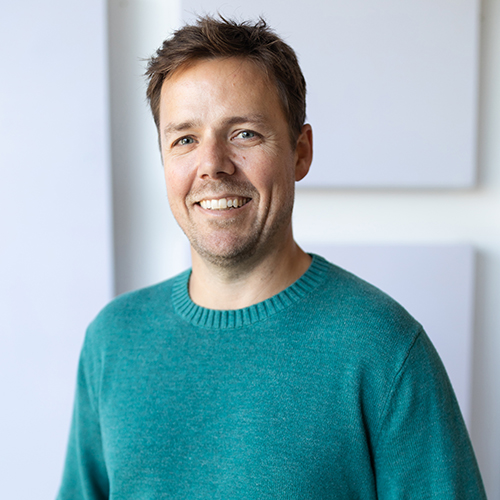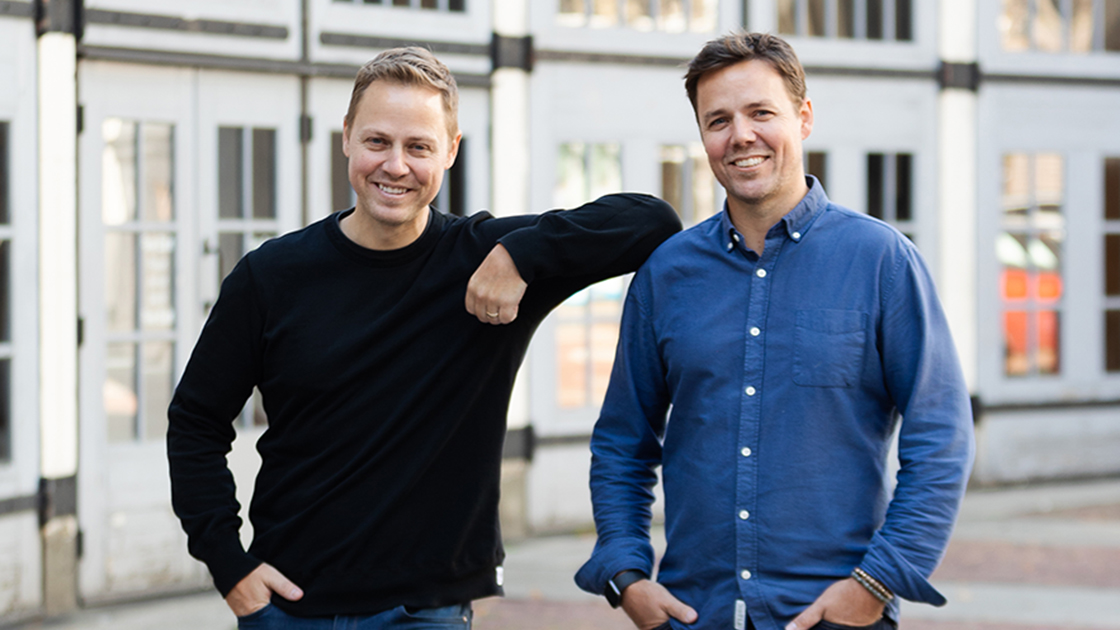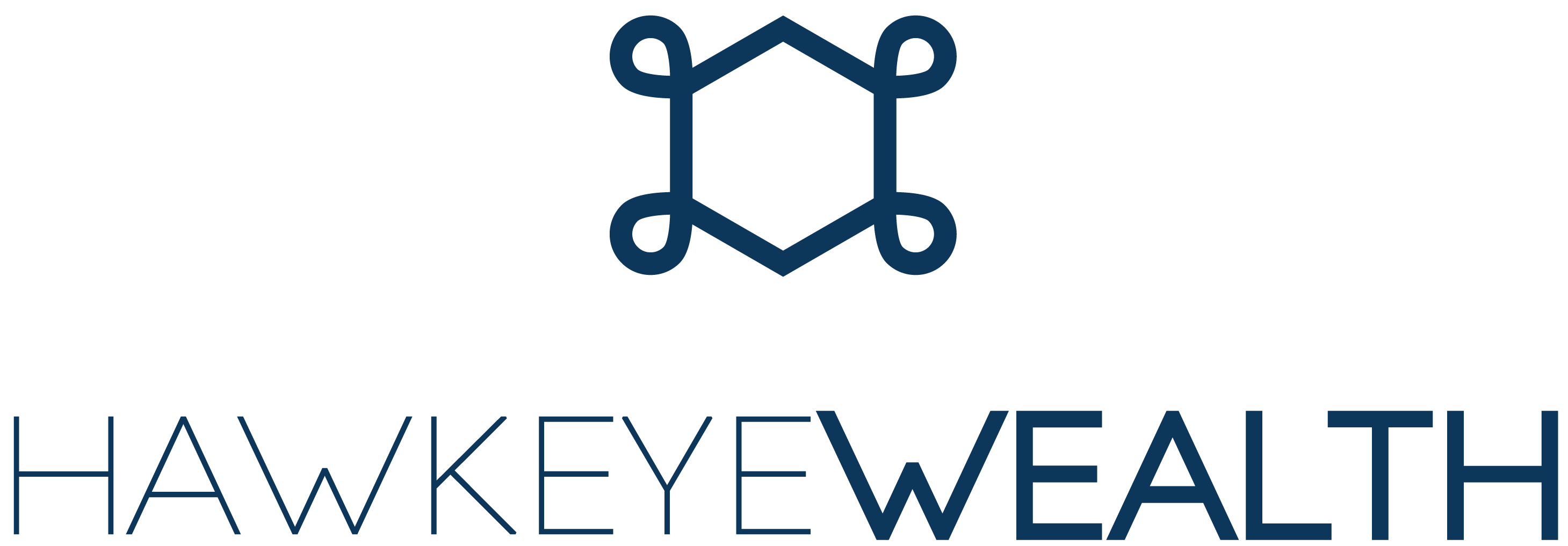Episode 284 – July 30, 2021
Listen On: Apple Podcasts | Spotify | Google Podcasts | YouTube
Metro Vancouver is projecting 1 million new residents by 2050 (an average of 35,000 newcomers every year!), so what does this mean for emerging urban centres, job creation, housing affordability, transportation, and the environment. This week, Sean Galloway, Director of Regional Planning and Electoral Area Services for Metro Vancouver, joins Matt & Adam fresh off the publication of the “Metro 2050” Draft Report to talk major infrastructure and major changes coming to the region. Which sub-areas are set for growth? Which industries will lead the way? And why should you double down on the Lower Mainland?
Listen to Episode
Guest Information

Sean Galloway
Sean Galloway is the Director of Regional Planning and Electoral Area Services for Metro Vancouver. He is an experienced Planning and Design Manager with a demonstrated history of working in the government administration industry. He is skilled in Urban Design, Public Engagement, Urban Planning, Community Consultation and Comprehensive Planning. He is a strong operations professional with a Master’s of Urban Development and Design focused in Urban Design from University of New South Wales.
Episode Summary
Please tell us about yourself.
I’ve been with Metro Vancouver for over a year as an urban planner. I’ve spent my career working in Australia, Ontario and now BC at the local government level as a development planner, long-range planner and in urban design. I’m now helping to guide the regional growth strategy in my current role.
How does Metro Vancouver fit into the municipalities people might be more familiar with?
It’s the collaborative regional government for all of the municipalities. For example, transit and land use aren’t specific to one municipality as they go through many municipalities and have consequences for the greater region.
The Metro 2050 report was just released in June 2021. Can you tell us about Metro 2050?
It’s the regional growth strategy that was built off Metro 2040, which was approved in 2011/12. It’s not a rewrite, but it’s an update. Things like social equity, climate change and housing are not the same as they were in 2011. This allows us to look at what is going on in the region and where we can build policies to deal with some of these new issues. There’s also the link with Transport 2050, which is Translink’s regional growth plan. We want to make sure these two documents are aligned.
What are some of the biggest challenges facing Metro Vancouver?
There’s lots of growth; we take on about 15% of the immigration that comes to Canada, as well as inter-provincial growth. We will grow by over a million people by 2050. So how do we accommodate that growth? Where do we put the transportation infrastructure? How do we ensure affordable housing? How do the neighbourhoods positively change? We need to look at where the growth will happen and how we can positively manage it.
How do you come up with the projections? How accurate are they?
We have a team that pulls the data together. We’ve been roughly within a 5% margin of actual numbers with our projections.
There’s a methodology and we use the cohort model. We take census data, we analyze trends, we take local municipal data, and we work with the municipalities.
For Metro 2050, instead of analyzing every municipality separately, we’re grouping them into sub-regions. This will help to align our population projections with projections for transit and utilities. It will give better longevity to the numbers.
We’re expecting a million new residents in the next 30 years. Where do you see most of that growth happening?
That’s always a tough question. Surrey and Vancouver will take on a good portion. Coquitlam and Richmond also take on a good bit. It comes down to preferences. It will be interesting to see how covid impacts the remote work side. New immigrants to Canada tend to head to more urban areas. It looks like 50-55% of growth will go to the centres and corridors. There’s a lot of growth types across the region.
Was there a surprising takeaway from the report?
Because we’re only updating, there wasn’t anything really surprising. The growth is still continuing. We put this plan together during covid and some people were predicting a big slow down. But we were still within our normal range. Covid hasn’t had the impact on population that everyone was expecting.
Did covid influence any other decisions during the report process?
The economics of city building, irrespective of covid, remain the same. Some of the costs may have gone up, like lumber, due to resource shortages. But generally city building costs remain the same. The biggest thing will be remote working – we’ll have to see how that plays out. I think that will have the largest impact as it could change people’s living habits.
Keep your finger on the pulse of Vancouver’s real estate market with our Live Wire email newsletter.
What are the biggest pain points around housing in the report?
Affordability is the biggest piece. The plan hasn’t been adopted yet so we don’t know where these policies will go. But right now, there’s an aspirational policy in the report of 15% affordable housing around rapid transit stations. That’s a cross-regional policy – so not every municipality has to hit 15%. But we do need to take a first step on that.
We’ve created a tool called the Major Transit Growth Corridor which looks for opportunities at the local level to undertake further planning work. Where can we focus growth over the long term where a transit investment has already happened?
Will Vancouver become an easier place to live over the next few decades?
That’s the goal. We want to ensure life gets easier, among other things. The biggest piece is building the link between land-use and transport to move people and goods. One of the equity pieces to this is using public transit to get people access to jobs. How do we protect industrial land, give people access to work there, and ensure goods can travel from those spaces?
Getting housing around rapid transit will also be a big piece. And that will help make the region easier to live in. It won’t be a panacea but it is a step in the right direction.
Do you have a municipality you’re really excited about?
I can never play favourites. A lot of municipalities are doing great things. North Vancouver has an eclectic mix of urban density, and Coquitlam is trying to do the same thing. Many have good downtown cores they can work off of, like Port Coquitlam, Richmond and Ladner. Vancouver has many streets to build off of. Every municipality has potential to build off their core strengths.
The strongest neighbourhoods across the world have the best mix of density. They are strong and they survive through recessions and pandemics. People can build strong social connections in those neighbourhoods through every phase of life.
How much influence does Metro Vancouver have on creating density and supply?
The local level is the key driver. Metro has some play in utility investment and transit investment, which drive density. We take an aspirational approach and have targets for growth, which are helpful tools to get the conversation started with local municipalities. But the municipalities manage the zoning part independently.
Are there cities you look to for inspiration?
Each city is unique. Some cities I watch and am inspired by are Portland, Seattle, Toronto, Ottawa, Oslo, Stockholm, Helsinki, Auckland and Melbourne. It’s about taking principles from those cities and seeing how you apply them in a local and regional context.
With the wildfires this summer, there are lots of concerns around climate change and the environment. How does the report address those?
We put in a policy about creating a natural hazards mapping tool to support local municipalities in creating protections around those hazards. It helps them understand where the issues lie, with things like flooding. The other big one is a map around sensitive lands and how we can work with the municipalities to protect those lands.
We added elements around urban design looking at things like green buildings. Metro is also doing their Climate 2050 work, which will link with our report. We’ll have GHG emission reduction targets the municipalities can aim for.
Why is it so important to have compact areas where people live?
That could arguably be the heart of urban planning. It’s a numbers game. It costs 10x as much to service a greenfield area than a mix-density urban area. There’s also the health aspect – these compact urban areas are more walkable and create a healthier lifestyle. The last stat I saw said people are 10-15lbs heavier in the greenfield areas, which is an extra $120 million burden on our healthcare system each year. So it’s a cost savings there too. There’s also the mental health benefit when you can age in place – not needing to leave the neighbourhood when you start a family or become empty nesters.
We also have the protection of our agricultural lands. That land continues to dwindle across Canada, so protecting that will be important to ensure our food systems. About 70-80% of the food in BC comes through Vancouver. From a climate perspective, the agricultural lands play a big role in reducing our impact.
What is the future of Translink and transportation in our region?
I don’t want to speak on Translink’s behalf but our job is in structuring neighbourhoods and supporting growth. They’ve put out the Major Transit Network, which is something we worked with them on. Now we’re beginning to structure the region around this network that goes beyond buses. We’re looking at major corridors, which are supported by the Major Transit Growth Corridor tool, to support the link between land use and transit.
Keep your finger on the pulse of Vancouver’s real estate market with our Live Wire email newsletter.
Episode Host

Adam Scalena
Adam is a full-service realtor, specializing in Vancouver’s best areas. His systematic approach to real estate and dedication to his clients has consistently placed him within the top 10% of realtors operating within Greater Vancouver.

Matt Scalena
Matt is real estate obsessed and considers himself a lifelong student of the Vancouver real estate market. As a co-manager of the Scalena Real Estate team, Matt prides himself on expertly advising buyers and sellers on all aspects of the fast-paced, dynamic Vancouver real estate market. He is present at every stage of the process, from that first phone call or email right through to when keys are exchanged between sellers and buyers.
Resources From Episode
Sponsors
VREP2020 for realtors who want to join and get a special sign up bonus at Oakwyn Realty.







